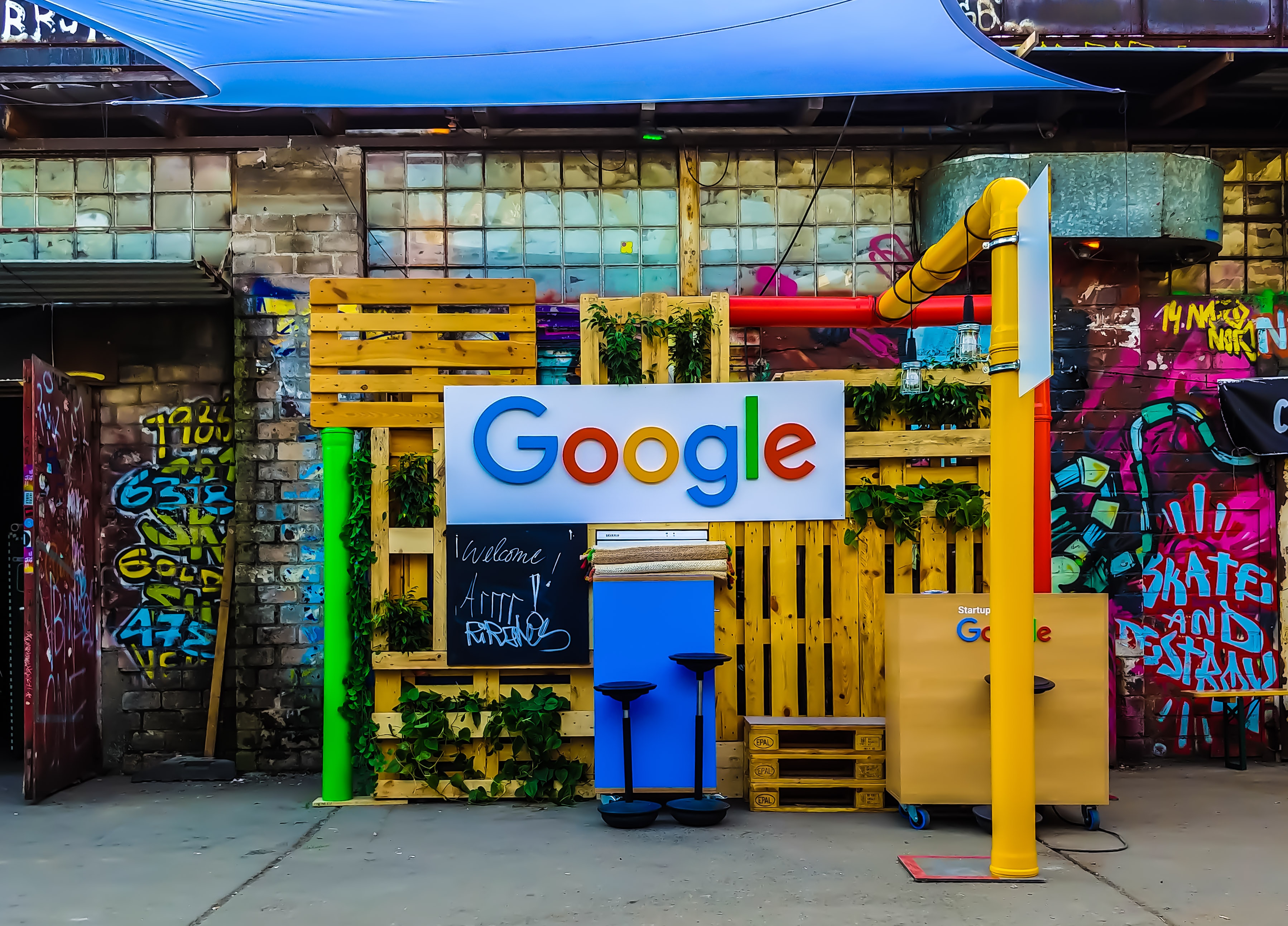
Google’s 1st Documented Update
Published: December 7th, 2023
Author: Olivia Sundstrom
In the early 2000s, Google was rapidly becoming the go-to search engine for internet users worldwide. While specific details about the September 2002 update might be elusive, it's crucial to understand the broader context of Google's algorithmic evolution during that time.
This is the second post of my full deep dive of the full Google search update timeline. To read the official beginning of this series, and all about life before The Google ToolBar, check out this post. In this series I will not only break down the timeline of Google’s search updates but also their effects on business, and provide an actionable guide on what to focus on to optimize your own piece of online. Of course, for official updates on Google Search check out Google's Official Blog for the latest updates. Stay tuned! I will be updating this series each time Google releases an update.

The Importance of Google’s Algorithm Updates
Google's algorithm updates play a pivotal role in shaping the way search results are ranked. These updates aim to enhance the user experience by providing more accurate, relevant, and high-quality search results. While the specifics of individual updates from September 2002 might not be well-documented, we can delve into the general trends and changes that characterized Google's approach to search at that time.
Google's Algorithmic Evolution in the Early 2000s
During the early 2000s, Google was refining its algorithms to combat spam, improve the relevance of search results, and ensure a better user experience. The search giant was focused on factors like relevance, authority, and user satisfaction.
Emphasis on PageRank
Google's PageRank algorithm, developed by Larry Page and Sergey Brin, two Ph.D. students at Stanford University. The initial version of Google was developed as part of a research project called Backrub in 1996. Page and Brin's innovation was the PageRank algorithm, which determined the importance of a webpage based on the number and quality of links pointing to it.
This algorithm played a crucial role in improving search results and distinguishing Google from other search engines at the time.
Google's PageRank algorithm continued to be a cornerstone of the company's search methodology. This approach helped Google identify authoritative and trustworthy content.
Introduction of Fresh Content Signals
Around this time, Google began placing more emphasis on the freshness of content. Websites that regularly updated their content were given preference in search rankings. This shift aimed to provide users with the most current and relevant information.
Here are some aspects related to fresh content and how it may impact search rankings:
Query-dependent freshness
Google may prioritize fresh content for certain types of queries where recency is important. For example, news-related queries, recent events, and trending topics may receive a boost for fresh content.
Crawl frequency
Websites that regularly update their content may be crawled more frequently by Google's bots. This can lead to faster indexing of new content, ensuring it appears in search results more quickly.
Content updates
Regularly updating and adding new content to your website can signal to search engines that your site is active and relevant. This can positively impact your site's authority and visibility in search results.
Blog posts and news articles
Google often values timely and relevant information, especially for queries related to current events, news, or trends. Publishing blog posts or news articles can help capture this type of search traffic.
Historical context
While freshness is important, the historical relevance and authority of content are also crucial. Evergreen content that remains relevant over time can continue to attract traffic and maintain its search ranking.
To ensure your content is well-optimized for search engines, consider the following:
Regular updates
Keep your content up-to-date and relevant to maintain its freshness.
Quality content
Focus on creating high-quality, informative, and valuable content that addresses user intent.
Technical SEO
Ensure your website is technically sound, with proper crawling and indexing. Use sitemaps, optimize page load speed, and follow best practices for on-page SEO.
Strides in Local Search
In the early 2000s, Google was making strides in local search. The company recognized the increasing importance of delivering location-specific results to users. Local businesses and services gained
Continued Focus on User Experience
Google's commitment to enhancing user experience remained constant. The search giant was exploring ways to understand user intent better and deliver results that aligned with what users were looking for. This focus on relevance and user satisfaction set the stage for the more sophisticated algorithms we see today.
Challenges Faced by Google
During this period, Google faced challenges such as spammy content and attempts to manipulate search rankings. The search engine responded by refining its algorithms to identify and penalize manipulative tactics, reinforcing its commitment to delivering genuine and trustworthy results.
Legacy of Google's Algorithm Updates
While the details of the September 2002 update might not be readily available, it's essential to acknowledge that Google's iterative approach to algorithm updates has shaped the search landscape we know today. The emphasis on relevance, authority, and user experience laid the foundation for subsequent updates that further refined search algorithms.
In retrospect, the early 2000s marked a crucial phase in Google's evolution. Algorithm updates during this time aimed to improve the quality of search results, combat spam, and prioritize user satisfaction. While specific details about the September 2002 update may be scarce, understanding the broader trends of that era provides valuable insights into the principles that continue to guide Google's approach to search. As we navigate the ever-evolving landscape of search engine optimization, acknowledging the past helps us appreciate the constant innovation driving the world's leading search engine.